I have a Lorenz Curve graph that I filled by factor variables (male and female). This was done simply enough and overlapping was not an issue because there were only two factors.
Wage %>%
ggplot(aes(x = salary, fill = gender)) +
stat_lorenz(geom = "polygon", alpha = 0.65) +
geom_abline(linetype = "dashed") +
coord_fixed() +
scale_fill_hue() +
theme(legend.title = element_blank()) +
labs(x = "Cumulative Percentage of Observations",
y = "Cumulative Percentage of Wages",
title = "Lorenz curve by sex")
This provides the following graph:

However, when I have more than two factors (in this case four), the overlapping becomes a serious problem even if I use contrasting colors. Changing alpha does not do much at this stage. Have a look:
Wage %>%
ggplot(aes(x = salary, fill = Diploma)) +
stat_lorenz(geom = "polygon", alpha = 0.8) +
geom_abline(linetype = "dashed") +
coord_fixed() +
scale_fill_manual(values = c("green", "blue", "black", "white")) +
theme(legend.title = element_blank()) +
labs(x = "Cumulative Percentage of Observations",
y = "Cumulative Percentage of Wages",
title = "Lorenz curve by diploma")
At this point I've tried all different color pallettes, hues, brewers, manuals etc. I've also tried reordering the factors but as you can imagine, this did not work as well.
What I need is probably a single argument or function to stack all these areas on top of each other so they all have their distinct colors. Funny enough, I've failed to find what I'm looking for and decided to ask for help.
Thanks a lot.

